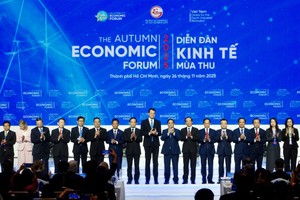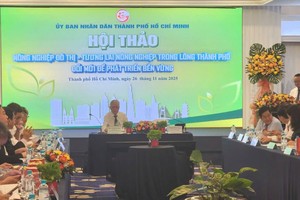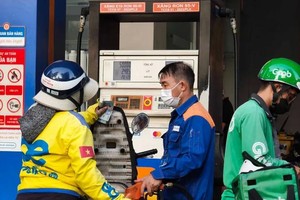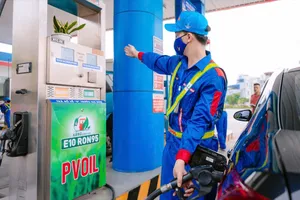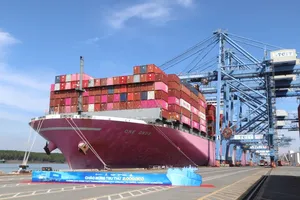Under the draft decree on international exchange of greenhouse-gas mitigation outcomes and carbon credits, the permissible transfer ratio is capped at 10 percent for green transport and 10–20 percent for renewable power. Businesses argue these ceilings are too low and could undermine investment incentives.
While green transport and renewable electricity account for a relatively modest share of Vietnam’s national emissions-reduction potential, they generate substantially higher financial returns for investors. Green-transport measures contribute just 1.5 percent of national mitigation potential, while onshore wind—estimated to cut 45.59 million tons of carbon dioxide—represents only 5.9 percent of total national reductions planned for 2021–2030.
Industry estimates show that each megawatt of onshore wind can generate 2,500–3,000 tons of carbon dioxide equivalent (tCO₂e) worth of credits annually. At current international credit prices of US$20–30 per tCO₂e, developers could earn $50,000–90,000 per MW per year. Compared with the projected 2025 feed-in tariff of 1,807.4 dong per kWh, carbon-credit revenue would boost total project earnings by 26.6–40 percent—making credits a decisive factor in attracting capital to wind power.
VCCI also warned that external market uncertainty could depress credit prices, especially as the United States has withdrawn from the Paris Agreement and several major financial institutions have exited voluntary emissions-reduction alliances. Overly restrictive transfer caps before 2030, it argued, could cause Vietnam to forgo opportunities worth billions of dollars.
The chamber added that the definition of green-transport mitigation measures requires greater clarity. It stressed that vehicle manufacturing and the development of clean-energy infrastructure—such as charging stations and battery-swap cabinets—are fundamental components of any transition from fossil-fuel vehicles to electric mobility and should be explicitly recognized in the policy framework.

